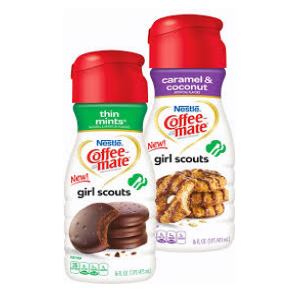Even before reading the chapter this week, I already had an interest in learning more about FOMO. Now, for those who don't know what FOMO is, it's an acronym for fear of missing out. I know that a lot of people including myself experience FOMO. I knew I had it, but never knew exactly what it was called or that other people experienced it.
I first heard of FOMO through one of the YouTubers I follow. She did a whole video about how she overcame her FOMO and tips for combating it. She emphasizes how social media has impacted how and what we do.
I think that FOMO didn't exist nearly as much as it does now. Social media has really impacted the way communication works. Instagram is specifically a hot spot for FOMO because of all the places people post that they are visiting and all of the "candid" photos groups of friends post. I think that FOMO is almost a form of depression that needs to be taken more seriously. People need to understand that just because someone else is doing something cool, you don't need to sit and be sad about it, go and do something.
I sometimes find myself in the position of feeling some type of FOMO. But there comes a point where it's obvious that instead of just being on social media all the time, you should go out and do something. I think that maybe our brains just have trouble remembering that not everything on social media is completely true. Like I mentioned before, I know people who stage their "candid" photos specifically for Instagram. We shouldn't be taking photos for Instagram though, we should be taking photos for the memories. Real life memories, not made up ones.



















